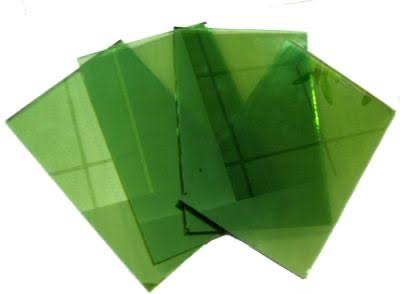Have you ever wondered how dark green reflective glass is made? It’s a fascinating process that requires multiple stages of production and the expertise of specialized professionals. In this blog post, we’ll take a look at the different steps of creating dark green reflective glass and the tools used to make it. We’ll also discuss the benefits of using reflective glass and its unique properties. So if you’re curious about the manufacturing process of dark green reflective glass, then read on!
Table of Contents
The Primary Raw Materials
Every production phase starts from the base material. Dark green reflective glass is made from soda ash and silica sand. These are the two base materials as soda ash control the viscosity of the molten glass while silica sand reduces the melting temperature of the glass.
Aside from the base materials, there are other materials added at different phases of the manufacturing process to get the perfect final product. Some of these other materials include limestone and other colorants.
The Batch House
The previous section discussed the base materials, and now the manufacturing begins. It starts in the batch house. The batch house is where all materials are measured and mixed before transferring them to the furnace.
The materials are mixed in a large mixer to get a desired composition of the glass.
The Melting Process
The melting process follows after the batch house. The mixed materials are placed in the furnace of temperature range 1500-1700 degrees Celsius. The furnace transforms the materials into a molten or viscous liquid.
Additives are added to the viscous liquid as well as some fluxes. The additives include cobalt oxide and iron oxide while the flux can be soda ash to reduce the surface tension of the mixture.
The Forming Process
After the work in the furnace, the molten or viscous liquid is poured into molds. These molds are of different shapes and sizes, therefore are responsible for giving the glass the desired shape.
The molten liquid is blown or spun with air pressure to make it cool and solidify into the mold’s shape.
The Annealing Process
The annealing process is a critical step in the manufacturing of dark green reflective glass. This process serves to improve the physical, optical and chemical properties of the glass. It involves heating the glass to temperatures above its strain point (the temperature at which it can be manipulated).
Once the desired shape and size is achieved, the glass is cooled at a controlled rate to allow for the reorganization of molecules and remove any remaining stresses or strains in the glass.
The cooling rate will depend on the specific requirements of the application and typically ranges from 1-12 hours. During this process, the molecules will realign themselves into the desired crystalline structure and reduce any remaining internal stresses that could cause the glass to crack or shatter under normal conditions.
Once the annealing process is complete, the dark green reflective glass is now ready for use. This type of glass has superior durability and resistance to heat, making it ideal for architectural applications such as facades, windows, doors and skylights.
The Final Product
Dark green reflective glass is a premium product that offers an unparalleled level of beauty, performance and style. After all the stages of production, the glass is delivered in its final form- a finished sheet of durable and high quality glass.
The dark green reflective glass has a distinctive colour which provides good thermal insulation and excellent glare control. It also allows for higher light transmittance compared to other types of reflective glass.
This glass is also resistant to impact, making it highly secure against breakage and damage. The glass has also been treated with a protective coating which protects the glass from weathering and discoloration over time.
Overall, dark green reflective glass is a great choice for any building project as it offers both aesthetic appeal and durability. With proper installation and maintenance, this glass can provide many years of use and enjoyment.
Conclusion
This article has run through the production process of the dark green reflective glass. So you now have an idea of all that was put together to create this amazing piece.
